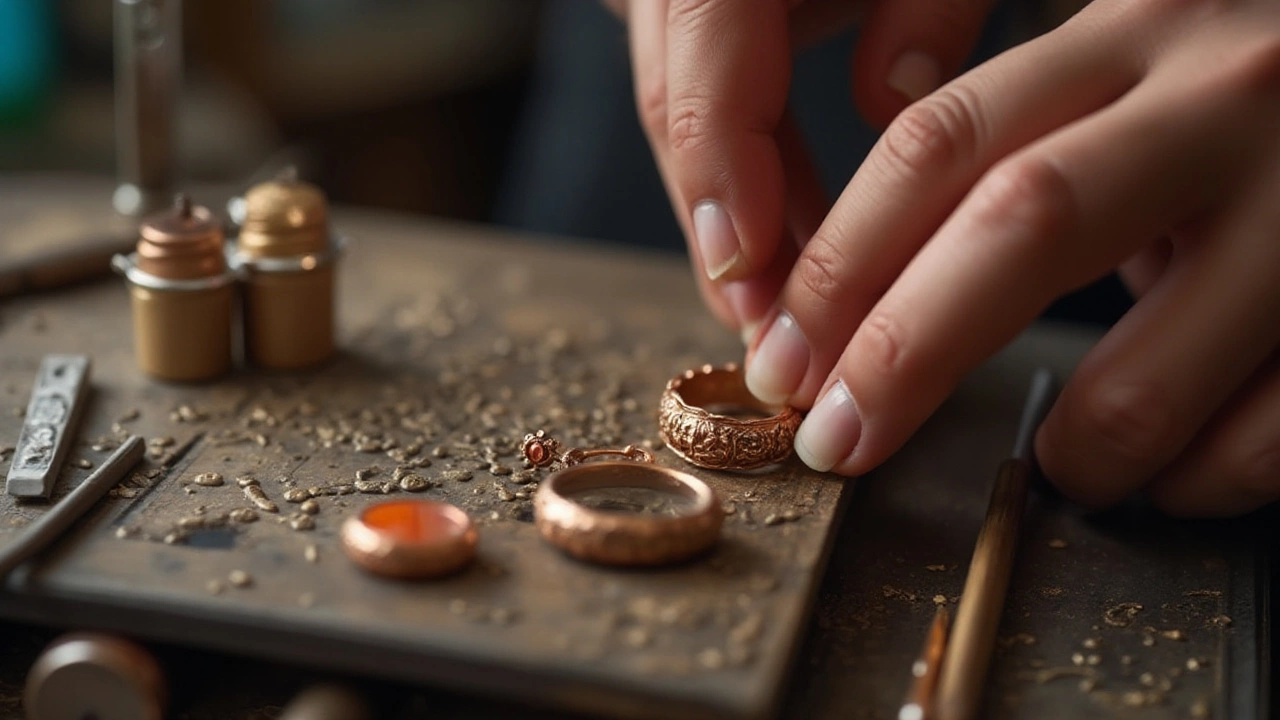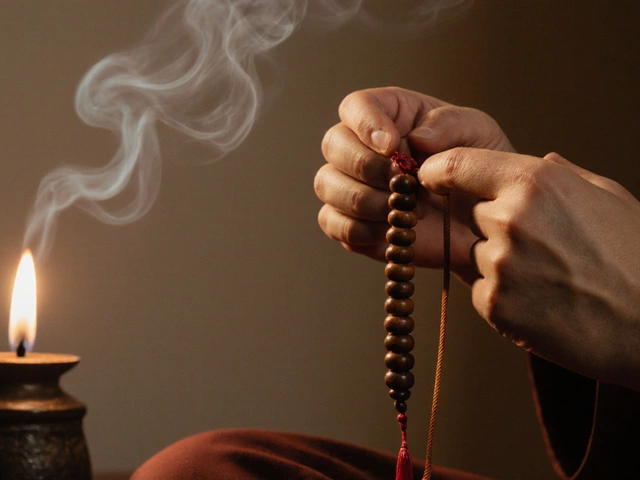Rose Gold Drawbacks: What You Should Watch Out For
Rose gold looks stunning, but it isn’t perfect. If you’re thinking about buying a ring, necklace, or watch in this pinkish hue, you deserve to know the downsides before you click ‘add to cart.’ Below we break down the most common problems and give you quick fixes.
Common Issues with Rose Gold
First up, durability. Rose gold is an alloy of gold, copper, and sometimes silver. Adding copper gives it that warm pink tone, but it also makes the metal softer than plain yellow gold. That means rings can scratch easier and bracelets may lose their shine after a few months of daily wear.
Second, skin reactions. The copper in the mix can cause a greenish discoloration on some people’s skin, especially if they have a sensitive reaction. You might notice a faint stain on the back of your hand after wearing a rose gold piece for a long day.
Third, maintenance costs. Because the alloy is softer, you’ll need to polish rose gold more often to keep it looking fresh. Polishing too aggressively can wear down the metal, so you’ll either have to learn gentle cleaning techniques or pay a jeweler for regular upkeep.
Fourth, resale value. Pure gold (24K) holds its price better than alloys. Rose gold’s copper content means its market price fluctuates with copper prices, which are usually lower than gold. When you decide to sell, you might not get as much back as you’d expect from a yellow gold piece of the same carat.
Fifth, style limitations. Rose gold pairs beautifully with warm tones but can clash with cooler outfits or skin undertones. If your wardrobe leans toward blues, greys, or cool neutrals, you might find the pink hue feels out of place more often than not.
How to Mitigate the Drawbacks
Pick a higher karat rose gold if you can. 18K rose gold has more gold and less copper, making it tougher and less prone to skin staining.
Ask the jeweler for a plated option. Some stores offer a thin layer of rose gold over a stronger base metal like white gold or silver. This gives you the look without sacrificing durability.
Protect your pieces with a clear lacquer. A thin coat of jewelry-safe lacquer can act as a barrier against scratches and reduce copper exposure to your skin.
Keep a soft cloth handy and wipe down your jewelry after each wear. This simple habit removes sweat and oils that accelerate tarnish.
Consider mixed-metal designs. Pairing rose gold with stainless steel or silver can balance the look and reduce the amount of copper you’re exposed to.
Finally, shop smart. Look for reputable sellers who provide a hallmark or certificate. That way you know exactly what alloy you’re getting and can avoid cheap, low-quality pieces that tarnish faster.
Rose gold isn’t a bad choice—it’s just a different set of trade‑offs. By knowing these drawbacks and taking a few easy steps, you can enjoy the pink sparkle without the surprise headaches.
Rose Gold Jewelry: Reasons to Think Twice Before Buying
Rose gold, beloved for its warm hues, has surged in popularity, yet it's not always the ideal choice for everyone. From its metal composition to maintenance needs, rose gold entails a unique set of considerations. Understanding both the appeal and the limitations can guide better purchasing decisions. This article explores practical insights into the reasons why rose gold might not be the best option for certain jewelry buyers.





